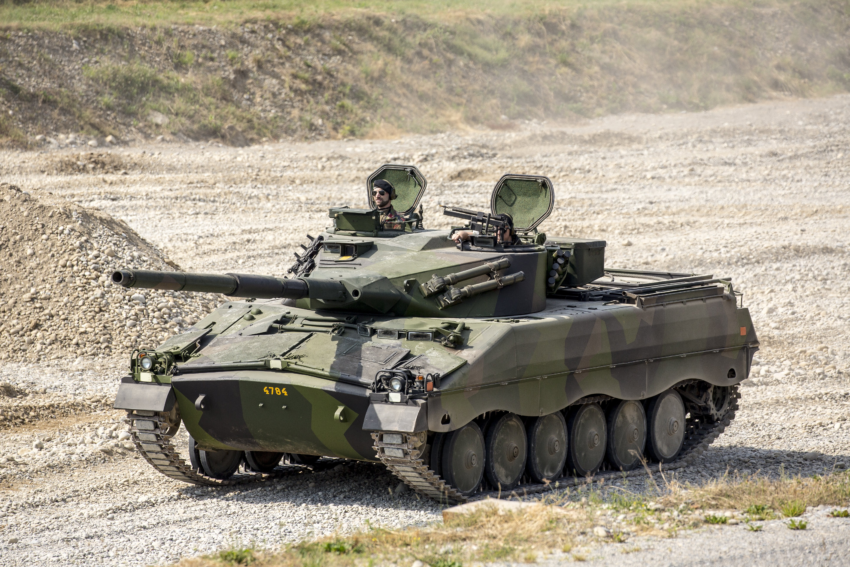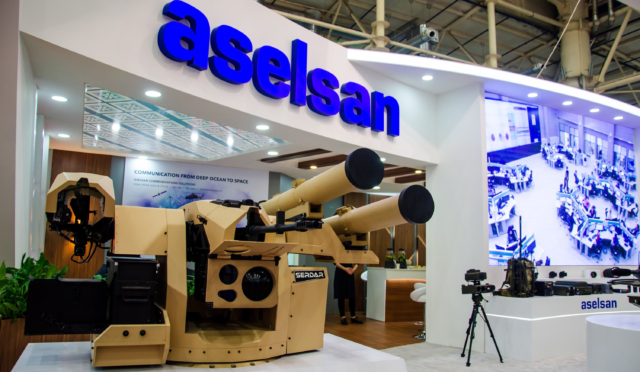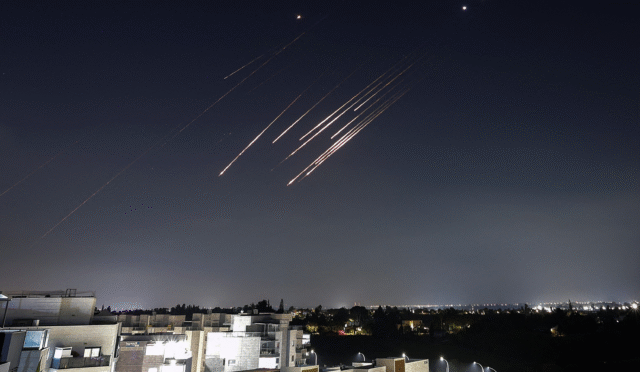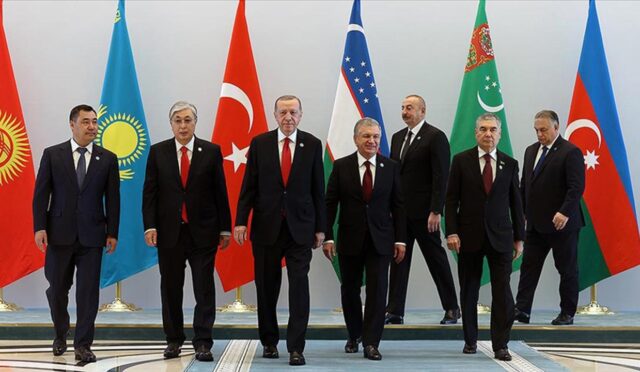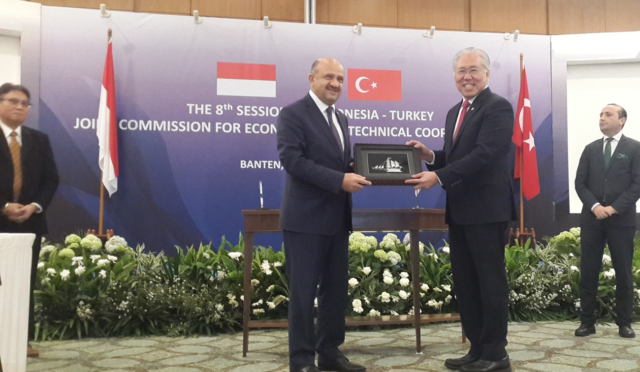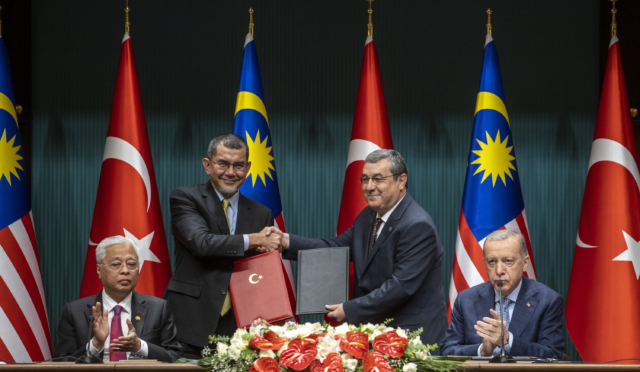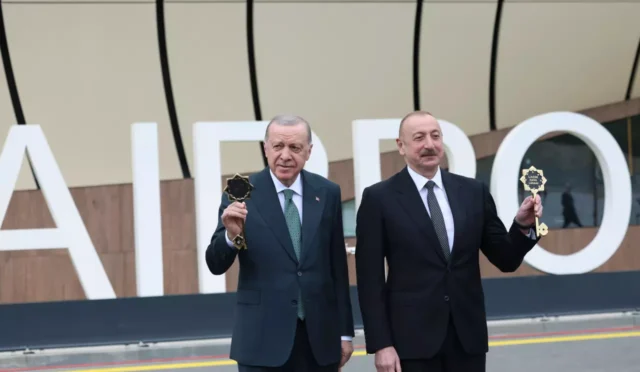Light Tanks: The Key to Modern Combined Arms Operations
**As the aerial power continues to grow, particularly with the support of UAVs and UACs, the Doctrine of Combined Arms Operations has become increasingly vital.** This article seeks to explore the historical significance of light tanks, examining their role within the context of modern warfare. We will begin by defining the key concepts surrounding light, medium, and main battle tanks, before analyzing how recent operations conducted by the Turkish Armed Forces highlight the need for light tanks in contemporary combat scenarios.
Recent conflicts, such as those in Azerbaijan-Armenia, Russia-Ukraine, and Israel-Hamas, have taught us invaluable lessons about the effectiveness of light tanks. The concept of Mobile Protected Firepower (MPF) that the U.S. has been developing illustrates a shift in the perception of armored warfare. Light tanks can provide essential mobility and speed, especially in urban environments where traditional armor may face limitations. Their integration into combined arms operations could enhance operational capabilities by allowing troops to maneuver quickly and efficiently.
Historical Perspective and Important Definitions
The Lightning War Doctrine, primarily shaped by General Guderian, revolves around offensive tactics employing ground forces coupled with armored and mechanized units. This doctrine emphasizes that tanks are not merely support units for infantry but should operate collectively for maximum impact. Establishing effective communication between tanks is critical in enhancing coordination during operations. After breaching enemy defenses, these armored forces are expected to advance without hesitation, encircling and neutralizing the enemy.
A significant component of successful lightning operations involves the initial air assault on key targets within enemy territories. This includes striking command centers, industrial hubs, and communication lines before ground forces move in. The emphasis on abandoning static defenses in favor of offensive postures is crucial, promoting an army-wide offensive spirit. It is essential to conduct independent operations with substantial tank formations, focusing on targeting the enemy’s key vulnerabilities.
Lessons from Recent Conflicts
The analysis of modern conflicts reveals a clear trend: maneuver warfare continues to dominate over static defense strategies. The experiences from the battles in Azerbaijan and Ukraine underscore the importance of combined arms exercises, integrating infantry, anti-tank, artillery, and air support to outflank and overwhelm opponents. The principles of persistence, clearing remaining strongholds, and utilizing airpower effectively are central to achieving victory on the battlefield.
The growing emphasis on speed and flexibility, particularly in urban warfare settings, illustrates the essential role that light tanks can play in future conflicts. As armies adapt to the challenges of modern warfare, the deployment of light tanks will likely increase, facilitating rapid responses and enabling forces to exploit breaches in enemy lines effectively.
The Role of Light Tanks in Modern Warfare
Exploring the utility of light tanks within various military units highlights their capacity to enhance operational flexibility. Unlike heavier counterparts, light tanks can navigate through diverse terrains, making them ideal for reconnaissance missions and rapid engagements. Their design prioritizes mobility, enabling forces to quickly reposition and capitalize on fleeting advantages in combat.
The integration of light tanks into combined arms operations represents a strategic evolution. They can serve as vital assets in urban environments, where conventional tanks might struggle to maneuver. The increasing reliance on fast, agile forces reflects an understanding of modern combat dynamics, suggesting that light tanks will be pivotal as military tactics continue to evolve.
